History of the Ranch
Six Flags of Texas
- Spain: 1519-1685 and 1690-1821
- France: 1685-1690
- Mexico: 1821-1836
- Republic of Texas: 1836-1845
- Texas Confederacy: 1861-1865
- United States: 1845-1861 and 1865-Present
From Native Americans to Spanish Settlements
The first known inhabitants of South Texas were Native Americans. Although there is little visible evidence of permanent settlements various peoples have utilized this area for a long time. Primary tribes were the Karankawa, Comanche, and Tejones. The Lipan Apache also are thought to have utilized this area. Some of the earliest written records about south and coastal Texas come from Cabeza de Vaca, a Spanish expedition leader.
In the 1700′s missionaries and early vaqueros (Spanish for cowboy) conducted expeditions through the area as they drove their cattle from Mexico to markets in east Texas. Missionaries also established large herds of cattle, sheep, horses and other livestock as they built missions and outposts. However, it wasn’t until the late 1700s that organized settlement began when Mexican ranchers from Las Villas del Norte, the “villages of the north,” in Tamaulipas, Mexico, began moving north and settling in the area.
In 1794, the Spanish government under the King of Spain granted Julian and Ventura Flores 8 leagues (35,427.2 acres) of land near present day San Diego. By 1815, these grants were settled and had thriving cattle and livestock operations in place. At this time large area fences were not used, so livestock roamed the grasslands until they could be rounded up.
Mexican Independence, Texas Independence and US Statehood
Not long after 1815, significant political changes occurred. In 1821 Mexico won independence from Spain. Before this happened, Texas was simply a northern state of New Spain and so then became a state of Mexico. Increased settlement in the Mexican state of Coahuila/Texas was encouraged by the Mexican government to increase the number of Mexican citizens in the area. Texas won independence from Mexico in 1836. Nine years later Texas became the 28th state when it was annexed by the United States of America on 29 December 1845. U.S. actions to enforce the border at the Rio Grande led to war with Mexico and a treaty that established the Rio Grande River as the US-Mexico border in 1848.
The Wild Horse Desert
In 1848, the town of Perezville, Texas, was established. In 1852, the town’s name was changed to San Diego; the town’s first post office opened the same year. Remnants of the town of Perezville can be seen south of San Diego’s town square in the form of a massive sillar (“see-ar”) ruin. Around 1880, railroads reached San Diego, bolstering the community and the area.
The Tex-Mex and the SAAPR railways crossed near present-day Alice in the 1880s. This development provided an opportunity for growth as ranchers began driving cattle to Alice for shipping to northern markets. By 1893, Alice had become one of the world’s largest inland cattle shipping centers. It was not uncommon for five or six trainloads of cattle to be shipped each day.
The “Copita Pasture” and what is now La Copita Ranch
In 1856, Mrs. Annie Hoffman and her 13-year-old son, Charles Hoffman, immigrated to Corpus Christi, Texas from Europe. In 1867, Charles Hoffman moved from Corpus Christi to San Diego. He began buying property in the 1880s and amassed over 91,200 acres in Nueces, Jim Wells and Duval Counties. Part of this property comprised the Copita Pasture, located in Jim Wells County. At that time, the brush was so scarce and the grass so plentiful that the land would support a cow for every ten acres.
Hoffman became one of the area’s most prominent ranchers, grazing cattle on Copita and other pastures and grazing in excess of 30,000 head of sheep.
Charles Muil immigrated to Duval County with his parents, was raised and schooled in San Diego, and became an active and respected community member. He married Lillian Hoffman in 1906.
In 1928, Charles Hoffman’s children divided the Copita Pasture into 3 approximately equal tracts. Mrs. Lillian Muil and her husband received Tract Number 3, totaling 2726.36 acres. Mr. Muil began raising registered Herefords on the property. During the 1940s and 50s, Mr. George Hoffman began leasing the property from his aunt, Mrs. Lillian Hoffman Muil. At that time, the property was divided into three pastures. He continued to run cattle on the property until the drought in the 1950s. During this time, Mr. Hoffman moved the cattle to property in Duval County to “burn pear” for them; he continued to pay rent for this property though he ran no cattle on it for years. Following the drought, the cattle were once again run on the property until 1969.
Upon Lillian Hoffman Muil’s death in July, 1952, the property transferred to her husband, Charles Muil. His death in 1965 found him without children. He willed the property to his nephew Robert S. Muil. In his will, Robert S. Muil deeded the property to Texas A&M University on the following conditions: “that said land be used for agricultural experimentation, range management, brush control, wildlife management, range science and management and generally for the furtherance of the development of the farming and ranching interests and purposes.” Following his death in 1980, Texas A&M University took over operation of the ranch. Striving to attend to Mr. Muil’s bequest, La Copita Ranch continues to work, diligently studying new methods, new products, and new ideas to determine which are the most viable for South Texas ranchers. Information gained is openly shared with other ranchers creating a legacy of greater land stewardship and, thereby, an overall betterment of the ranching community.
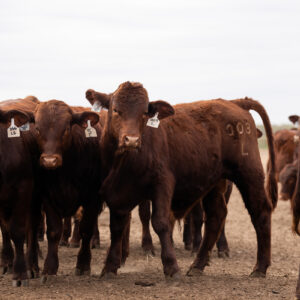
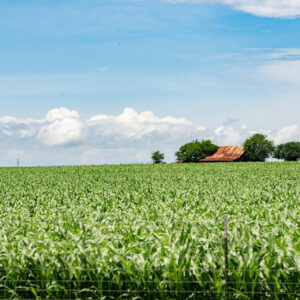
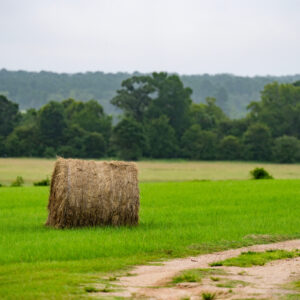
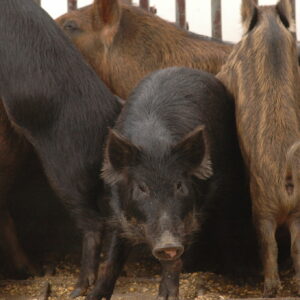
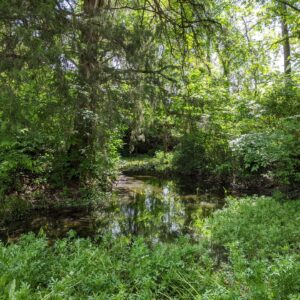
Pingback: Object: Saddle | Institute of Texan Cultures Collections Blog
Pingback: lustra
Pingback: Object: Saddle - UTSA Institute Of Texan Cultures